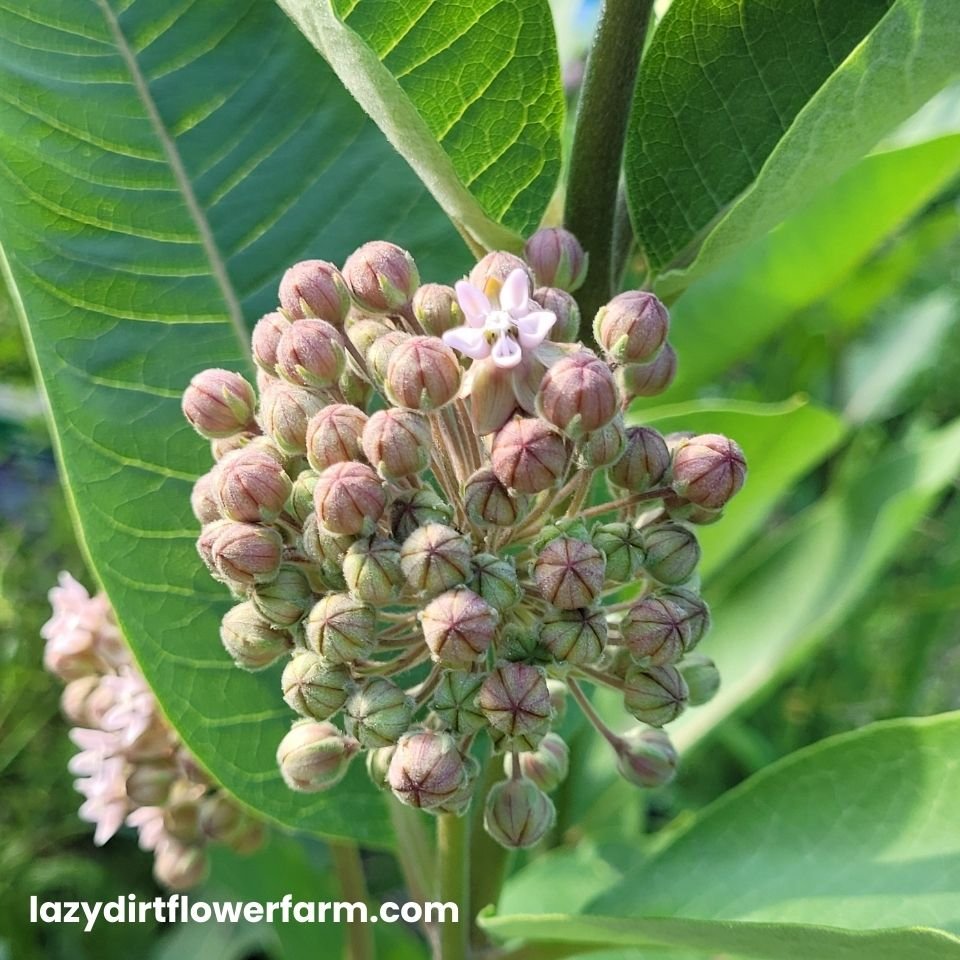Common Milkweed (Asclepias syriaca)
AVAILABLE IN MAY ‘25
Help save monarchs by growing clusters of Asclepias syriaca, Common Milkweed.
Studies have shown that monarchs prefer Asclepias syriaca(Common Milkweed) and Asclepias incarnata (Swamp Milkweed) ~ and monarch larvae had higher survival rates on these native plants than those on other native milkweeds!
Plant profile
Full Sunshine to partial shade
Prefers medium to moist sandy soils.
Grows up to 4’ tall.
If growing for Monarchs plant Common Milkweed in clusters of 3-5 plants interplanted with native grasses and other native flowering plants. This protects the caterpillars from predators.
For more information see this guide from the Xerces Society
AVAILABLE IN MAY ‘25
Help save monarchs by growing clusters of Asclepias syriaca, Common Milkweed.
Studies have shown that monarchs prefer Asclepias syriaca(Common Milkweed) and Asclepias incarnata (Swamp Milkweed) ~ and monarch larvae had higher survival rates on these native plants than those on other native milkweeds!
Plant profile
Full Sunshine to partial shade
Prefers medium to moist sandy soils.
Grows up to 4’ tall.
If growing for Monarchs plant Common Milkweed in clusters of 3-5 plants interplanted with native grasses and other native flowering plants. This protects the caterpillars from predators.
For more information see this guide from the Xerces Society
AVAILABLE IN MAY ‘25
Help save monarchs by growing clusters of Asclepias syriaca, Common Milkweed.
Studies have shown that monarchs prefer Asclepias syriaca(Common Milkweed) and Asclepias incarnata (Swamp Milkweed) ~ and monarch larvae had higher survival rates on these native plants than those on other native milkweeds!
Plant profile
Full Sunshine to partial shade
Prefers medium to moist sandy soils.
Grows up to 4’ tall.
If growing for Monarchs plant Common Milkweed in clusters of 3-5 plants interplanted with native grasses and other native flowering plants. This protects the caterpillars from predators.
For more information see this guide from the Xerces Society














